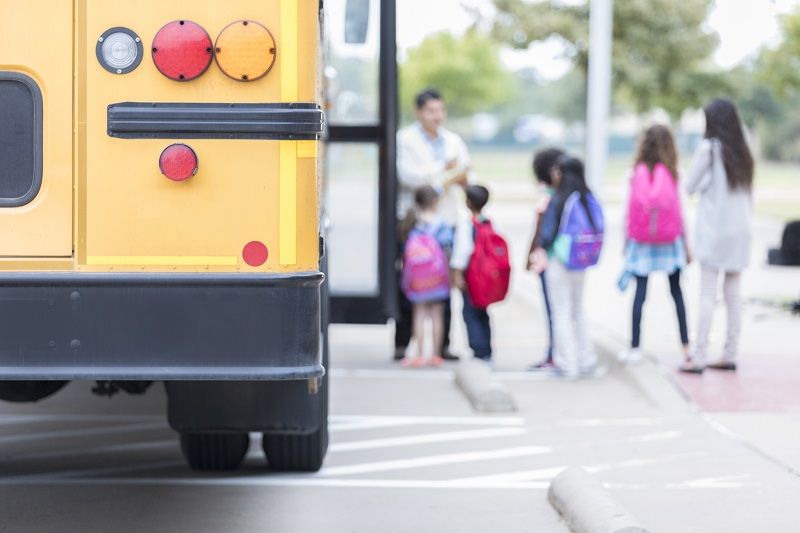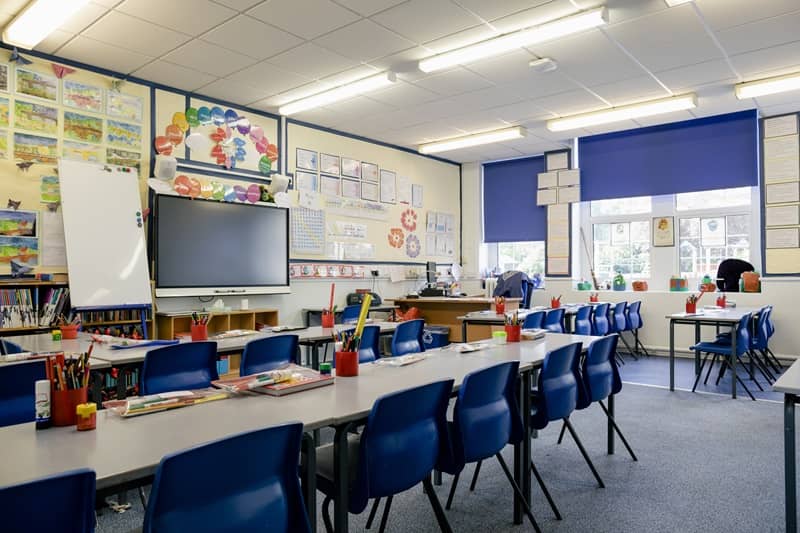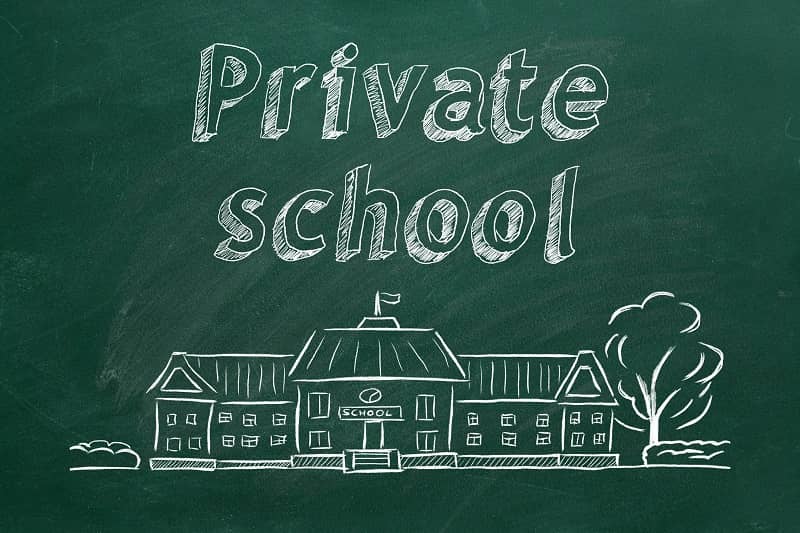Oregon’s legislature is again considering bills that would affect K-12 students’ access to online education. While virtual charter schools (public schools operated by non-profit organizations that provide a full-time online education for K-12 kids) are valuable and worth protecting, it seems that our elected officials are missing the forest for the trees.
The most exciting potential for online education to advance K-12 learning is not in the full-time online education model, although that is an essential option. Rather, part-time and the blended learning approach hold the greatest promise to rapidly improve Oregon’s educational opportunities. Part-time learning allows students enrolled in a regular brick-and-mortar public school to enroll in one or more online courses. Blended learning combines face-to-face teaching with online curriculum.
The House Education Committee has heard three bills this session that would affect online education: One simply would end enrollment caps for virtual charter schools. Another, inspired by an OEA recommendation, essentially would end virtual charter schools and replace them with a public (i.e., unionized) online option. The third, House Bill 3201, which has the most momentum, carries some oppressive rules that would limit competition, but also would open up online options to more families. HB 2301 would:
- Generally end enrollment caps on statewide virtual charter schools and allow students to transfer to out-of-district statewide virtual charters without getting their local district’s permission. However, once three percent of a district’s students are attending a virtual charter, the district could refuse to allow additional students to transfer, as long as the district offered another full-time online option. Parents could appeal transfer denials to the State Board of Education.
- Decrease how much the state would compensate a virtual school for providing education to a regular student. The current bill provides for 80% of state ADMw (that is, 80% of the state’s per-student funding), but that is fortunately likely to increase, according to insiders.
- Limit the number of statewide K-12 virtual charter school providers to three, thereby limiting families’ online educational options and competition among providers. This doesn’t make any sense, unless you simply dislike competition and prefer monopolies or oligopolies.
- Open up greater opportunities for kids across Oregon to enroll in public part-time online options once programs are approved by the ODE. The programs would be created by districts or ESDs and would be available to students in any school district.
This bill is yet another “mixed bag” that should be improved to maximize options and quality of online programs. Obviously, the number of virtual charter schools should not be limited. Also, the bill should be altered to allow students to attend existing charter schools (virtual or regular) part-time, provided that the virtual schools agree to accommodate part-time students. Nonetheless, the bill would open up more opportunities for students to enroll in full- or part-time online options. This couldn’t come soon enough.
In Oregon, 75% of schools do not offer Advanced Placement or IB classes in all core subjects (reading, math, science and social studies), according to the College Board. Oregon lags well behind the national average in this respect. Even worse, one-fourth of U.S. high schools do not offer advanced classes, according to Michael Horn, a co-author of Disrupting Class. In other words, one in four U.S. high schools do not offer chemistry, physics, algebra II, Calculus or even honors English.
At the same time, many of Oregon’s schools have faced budget cuts during the current economic trouble. Even in the midst of budget cuts, how can schools increase opportunities for students, allowing more kids to reach their academic potential? By giving power back to parents to choose programs beyond their local district school. This should extend beyond the classic “take it or leave it” approach, by allowing kids to choose to remain in their local public school while still having access to classes that aren’t offered locally.
Online education programs are already making a wide array of courses available to kids across the country while keeping costs low. Programs like Florida’s Virtual School have allowed thousands of kids attending regular public schools to enroll in effective advanced courses, as well as in rudimentary courses designed to help students catch up with their peers. The beauty of these online programs is not only accessibility, but also that they can be personalized, allowing students to work at their own pace and to spend more time on lessons that they struggle with or that interest them more.
For these same reasons, full-time online charter schools have excelled in Oregon. In 2005, Oregon’s first virtual charter school opened. By 2009 (when the legislature capped the schools’ enrollment), more than 4,000 students attended online charter schools, with many more asking for the opportunity. Oregon’s kids deserve more options, not fewer. Creating more effective educational opportunities does not require increased spending, but it does require smarter spending and flexibility.











